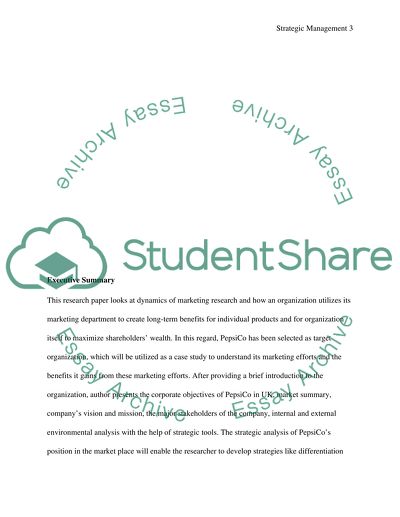Cite this document
(“PepsiCo Strategic analysis Term Paper Example | Topics and Well Written Essays - 3500 words”, n.d.)
Retrieved from https://studentshare.org/marketing/1394684-strategic-planning
Retrieved from https://studentshare.org/marketing/1394684-strategic-planning
(PepsiCo Strategic Analysis Term Paper Example | Topics and Well Written Essays - 3500 Words)
https://studentshare.org/marketing/1394684-strategic-planning.
https://studentshare.org/marketing/1394684-strategic-planning.
“PepsiCo Strategic Analysis Term Paper Example | Topics and Well Written Essays - 3500 Words”, n.d. https://studentshare.org/marketing/1394684-strategic-planning.


